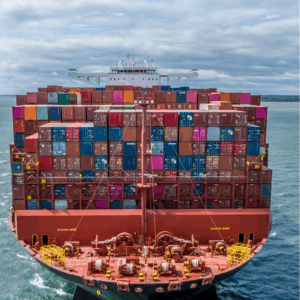
Alternative Delivery in Last-Mile Logistics
Last-mile delivery has long been a bottleneck in global logistics, plagued by inefficiencies, high costs, and environmental strain. A systematic literature review on last-mile logistics with alternative delivery locations reveals that using parcel lockers, pick-up points, and urban micro-hubs can drastically reduce failed deliveries, emissions, and operating expenses. These models are especially effective in urban centers where traffic congestion and missed deliveries are daily challenges. When combined with digital freight company infrastructure, last-mile alternatives also support real-time freight tracking, LTL optimization, and dynamic routing. The integration of freight forwarder technology with local delivery solutions enables logistics services to be not only faster and cheaper, but also greener and more adaptable to customer needs. By minimizing delivery windows and optimizing route efficiency, companies can reduce their carbon footprint while enhancing service quality. Moreover, ADL (Alternative Delivery Locations) provide a resilient layer in disaster- or congestion-prone regions, allowing continuity of delivery during logistics disruptions. This evolution is part of a broader strategy to reimagine logistics networks in support of environmental responsibility and customer satisfaction.
Cost Reduction by Consolidating Outbound Shipments
A key strategy for reducing costs in freight and shipping is consolidating outbound road transportation. Instead of shipping multiple partially filled trucks or containers, shippers are increasingly turning to LTL shipping models to combine loads. This approach, analyzed in recent freight management studies, maximizes truck capacity, reduces per-unit shipping costs, and minimizes carbon emissions. Digital platforms like Exfresso automate consolidation by calculating cubic density, linear foot limits, and compatibility across carrier thresholds—ensuring shipments are not only cost-effective but compliant. These tools are essential when shipping freight from Germany to the USA, where regulatory complexity and cross-border requirements demand high precision. Consolidated loads also improve transit predictability and reduce customs friction, making them a preferred method for both exporters and logistics services in complex global routes. Moreover, digital freight forwarding tools optimize these loads dynamically, allowing real-time quote comparisons and intelligent scheduling that align freight volumes with transport availability. The resulting synergy between software intelligence and load planning directly contributes to operational sustainability, resilience, and bottom-line performance.
Spot Rates, Forward Pricing, and Market Power in Sea Freight
The question of what a spot rate for sea freight is goes beyond simple pricing—it reflects the pulse of global trade. A spot rate is the current market price for shipping a container across major sea routes, influenced by factors such as fuel prices, seasonal demand, capacity limitations, and port congestion. While spot rates offer flexibility, they expose shippers to volatility, mainly when market power is concentrated among a few major carriers. This was a central concern in a study on the trade-reducing effects of oligopoly structures in global shipping. When large shipping alliances manipulate capacity, smaller businesses often face artificially high rates and reduced service availability.
In contrast, forward pricing allows shippers to lock in rates for future shipments, thereby protecting their budgets but potentially incurring higher costs during a market dip. Platforms powered by digital freight companies provide rate modeling tools that evaluate historical trends, trade patterns, and geopolitical risks, enabling users to make informed decisions between spot and forward options based on data. For ExFreight users, access to freight quotes, forecasting tools, and instant rates helps manage risk while improving budget predictability, particularly in volatile trade lanes like the Red Sea or Panama Canal.
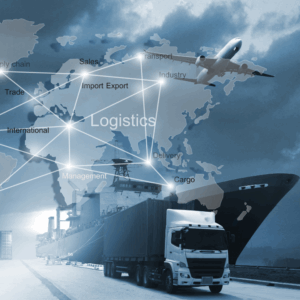
According to the Review of Maritime Transport 2024, the global ocean freight system is under immense pressure from congested chokepoints, environmental disruptions, and the demands for decarbonization. The Panama Canal is experiencing drought-induced traffic delays, the Suez Canal faces security threats, and the Red Sea is impacted by conflict. These chokepoints are crucial for international logistics, particularly in the transportation of essential goods and commodities. With ships rerouting via the Cape of Good Hope and experiencing longer transit times, delays ripple across supply chains, resulting in inventory shortages and increased freight costs. Furthermore, port infrastructure in many developing countries lacks the resilience or technology to absorb these disruptions. To mitigate risk, freight forwarders must adopt multimodal route strategies and strengthen regional logistics hubs. Digital freight solutions with real-time visibility, rerouting suggestions, and ETA predictions are essential for adapting quickly. ExFreight’s tools help shippers anticipate the impact of disruptions and adjust their booking strategies accordingly. In this context, the ability to adapt becomes a competitive advantage—and digital systems are no longer optional but essential for logistics continuity.
A Systematic Approach to Sustainable Global Supply Chains
A systematic review of sustainable supply chain management in global operations highlights that sustainability is no longer a value-added aspect; it’s a necessity. Strategies such as carbon tracking, packaging reduction, ethical sourcing, and multimodal routing are transforming the way freight forwarders operate. Governments and regulatory bodies are enforcing stricter emissions policies, especially on-air freight and ocean freight, compelling companies to measure and reduce their environmental impact. Platforms like Exfresso provide tools to calculate emissions, optimize loads, and select eco-friendly carriers, ensuring that every freight shipping decision aligns with ESG standards. Moreover, transparency and traceability are becoming core features of digital freight forwarding, making compliance easier and more verifiable. In logistics terms, sustainability also means resilience: diversified supply routes, decentralized fulfillment, and green port integration are necessary to withstand disruptions. Through innovation and accountability, forwarders not only reduce costs and emissions but also enhance long-term service reliability, positioning themselves as leaders in a climate-aware freight economy.
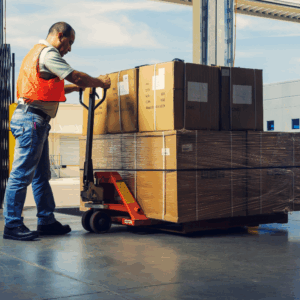
What are destination terminal fees, and when do they apply?
These are fees charged to offload cargo at the destination port, airport, or terminal. In DOOR-TO-PORT shipments, these costs are not included and must be paid by the consignee. With ExFreight’s DOOR-TO-DOOR service, these fees are already included—removing surprises and ensuring clarity.
Which trucking services does ExFreight offer?
ExFreight offers Full Truckload, Volume LTL, and LTL shipping services across the USA, Canada, and Europe. Using Espresso, users receive low-rate quotes and density-based calculations in real-time, with automatic carrier disqualification if load parameters are exceeded.
What does “missing documents” mean?
This means your shipment lacks essential export documents, such as commercial invoices or packing lists, which may delay clearance. ExFreight notifies users of missing paperwork to prevent export delays.
Do you know how I can track my shipment with ExFreight?
With ExFreight tracking, users gain complete visibility into shipment status, route, and ETA through the digital platform, including freight tracking for Amazon LTL freight or international orders.
What is the difference between Amazon Small Parcel and Amazon LTL?
Small Parcel delivers lightweight packages directly to Amazon, ideal for small inventories. Amazon LTL freight, on the other hand, is used for bulkier shipments on pallets, requiring LTL services for distribution to Amazon Fulfillment Centers.
From last-mile innovation to spot rate forecasting, consolidation strategies, and sustainability frameworks, the future of freight transportation hinges on integration, visibility, and agility. With the support of digital freight companies like ExFreight, shippers and logistics providers can operate smarter, reduce costs, and exceed service expectations—all while aligning with global climate goals. Whether you’re managing LTL shipping, planning air freight, or navigating freight quotes, a connected and sustainable approach to logistics is the key to achieving competitive success.


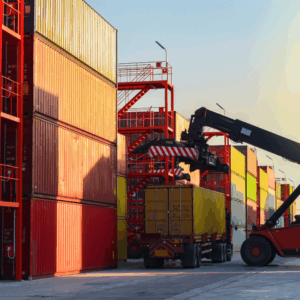
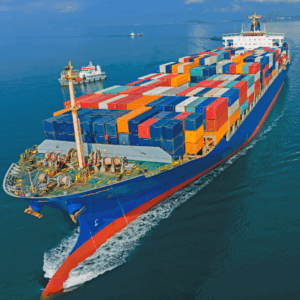
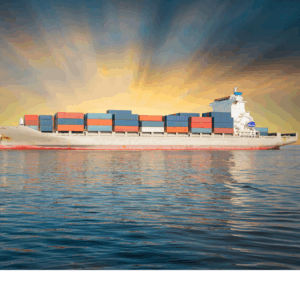

Leave A Comment
You must be logged in to post a comment.